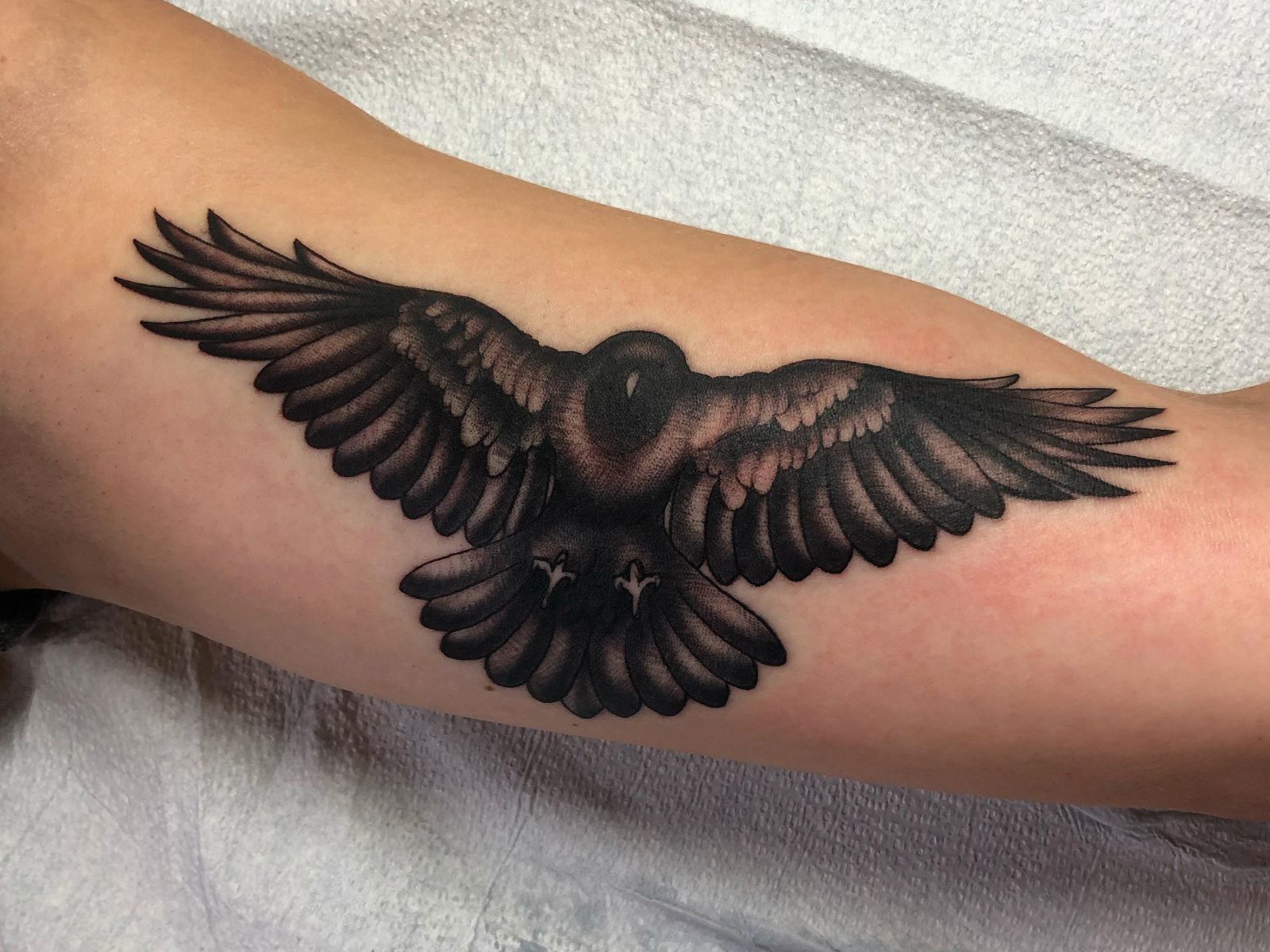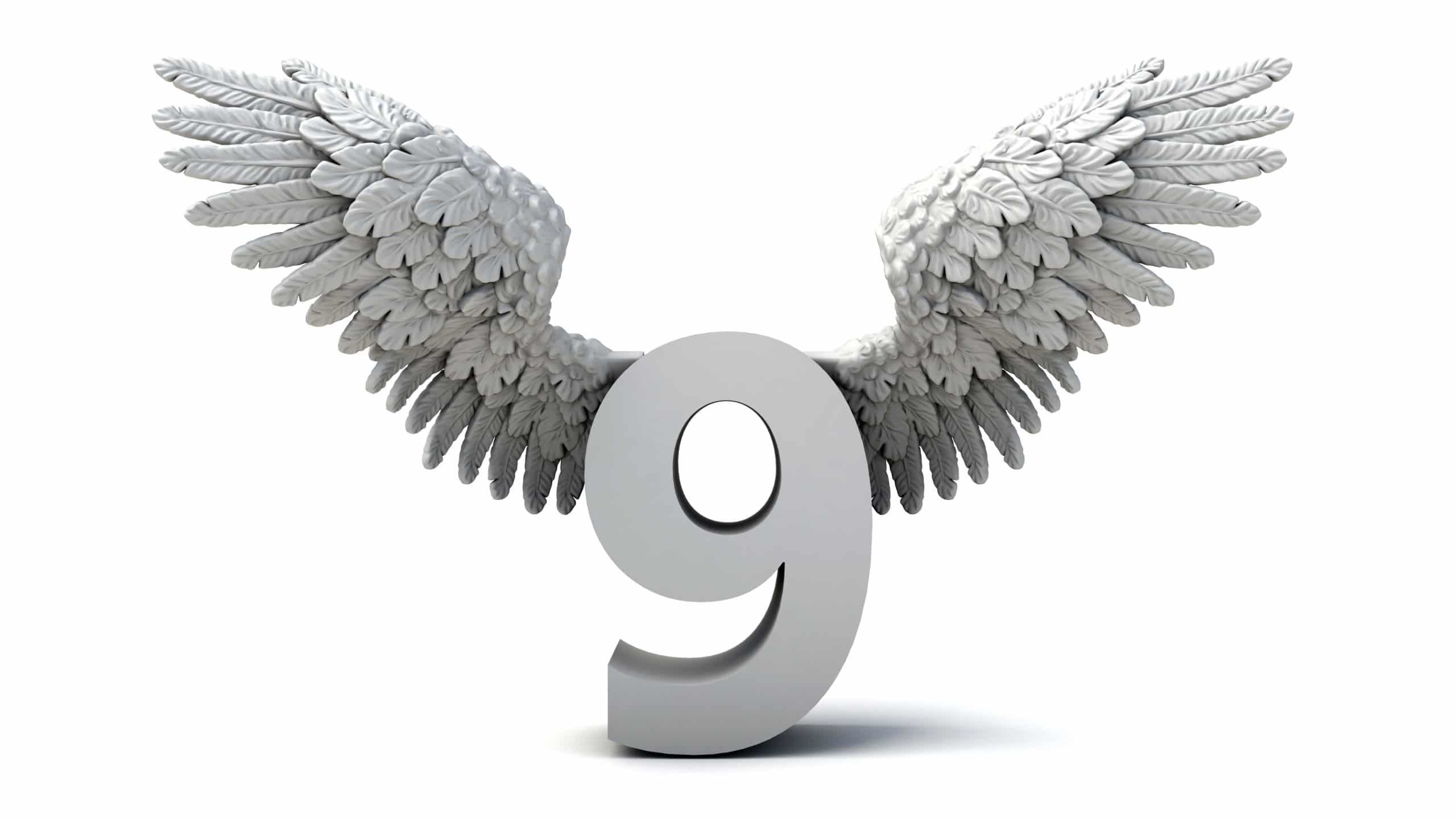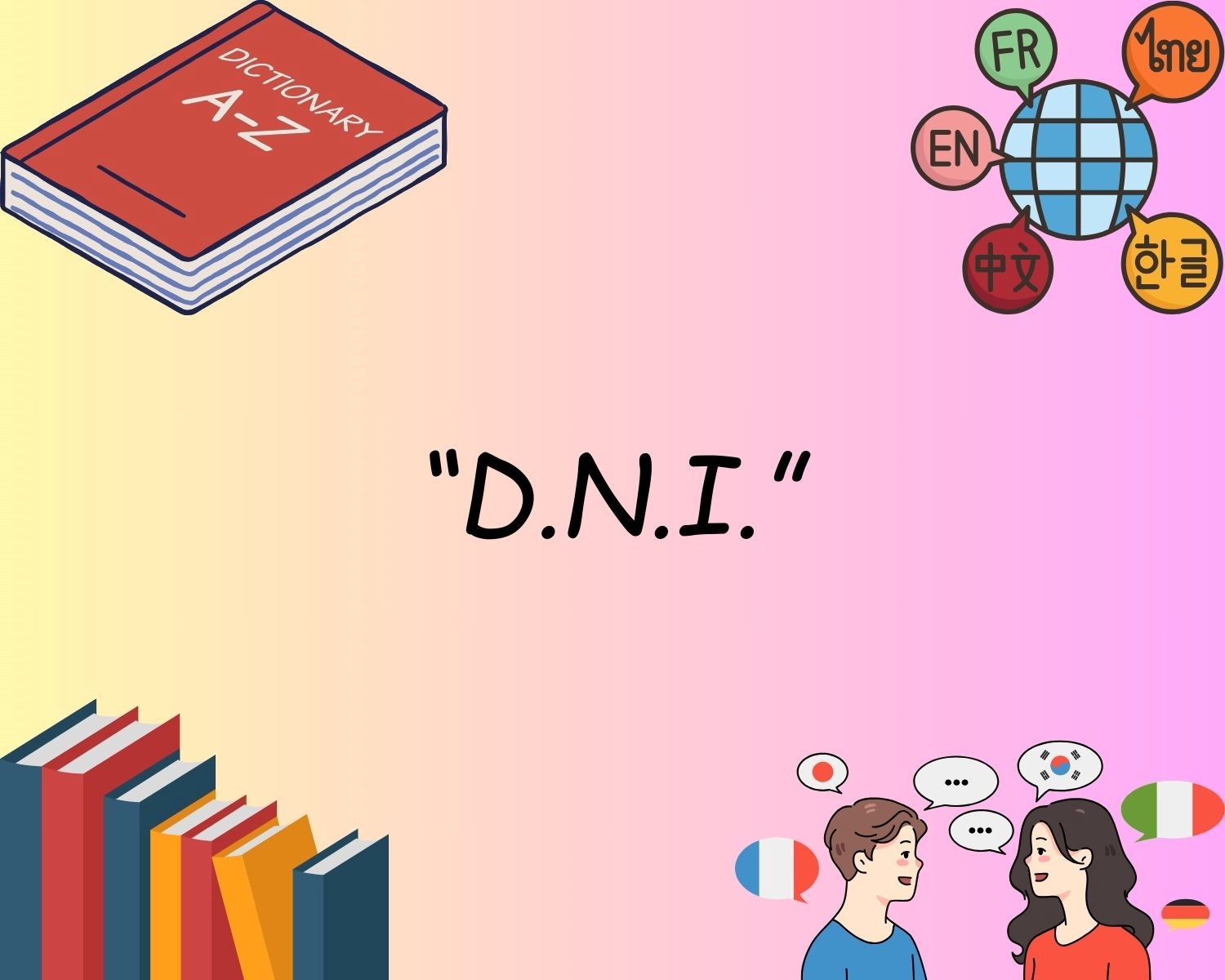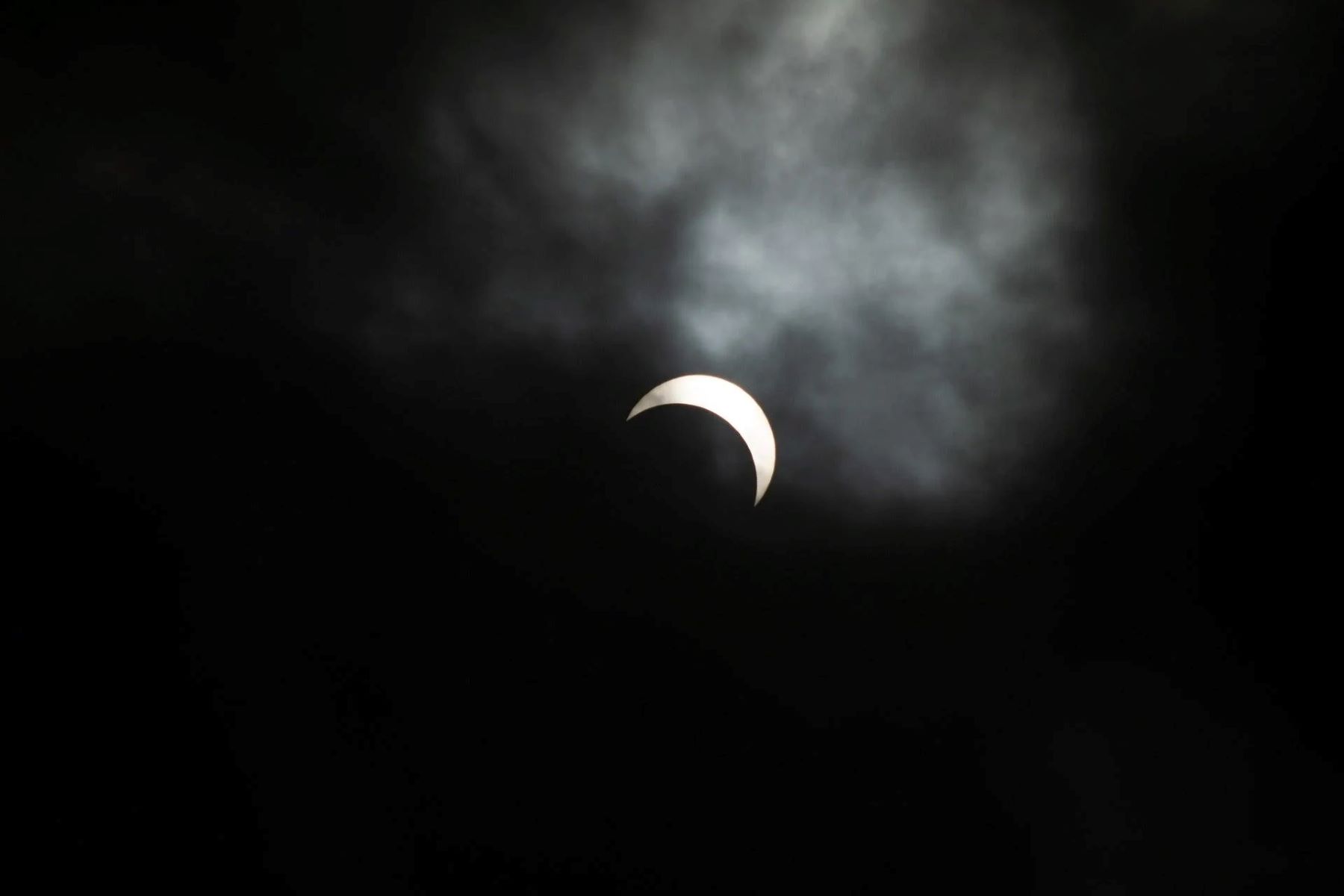Home>Arts and Culture>The Biblical Symbolism Of Owls: Revealing Hidden Meanings
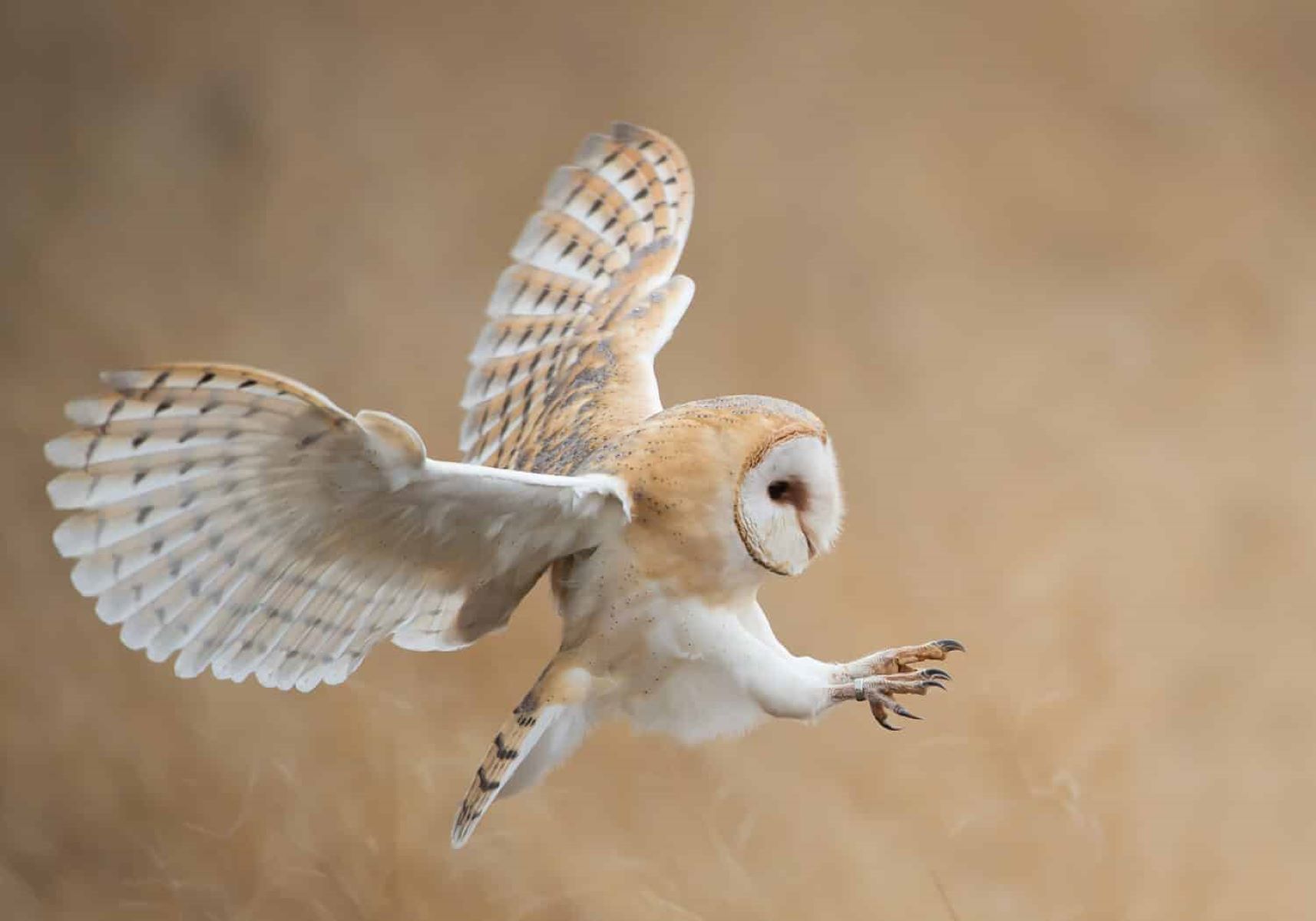

Arts and Culture
The Biblical Symbolism Of Owls: Revealing Hidden Meanings
Published: January 25, 2024
Discover the profound biblical symbolism of owls and unlock their hidden meanings in art and culture. Explore the fascinating connection between owls and ancient symbolism.
(Many of the links in this article redirect to a specific reviewed product. Your purchase of these products through affiliate links helps to generate commission for Regretless.com, at no extra cost. Learn more)
Table of Contents
Introduction
The enigmatic and captivating presence of owls has permeated human consciousness for millennia, transcending geographical and cultural boundaries. These mysterious nocturnal creatures have been revered, feared, and symbolized in diverse ways across various civilizations, leaving an indelible mark on folklore, mythology, and religious beliefs.
Throughout history, owls have been revered as symbols of wisdom, intelligence, and foresight, embodying an aura of mystique and insight that continues to intrigue and fascinate. Their nocturnal habits and haunting calls have evoked a sense of mysticism, often associating them with the unseen realms and the spiritual world.
In this exploration, we will delve into the profound symbolism of owls, unearthing the hidden meanings attributed to these enigmatic birds across different cultures and religious traditions. From ancient civilizations to the sacred texts of the Bible, the symbolism of owls has left an enduring imprint on the human psyche, offering a rich tapestry of interpretations that illuminate both the light and shadow aspects of their significance.
Embark on a journey through time and symbolism as we unravel the intricate layers of meaning woven into the enigmatic presence of owls, shedding light on their portrayal as messengers of wisdom, bearers of darkness, and symbols of profound significance in the tapestry of human understanding.
The Owl in Ancient Cultures
In the tapestry of ancient cultures, the owl emerged as a potent symbol, weaving its way through the collective consciousness of diverse civilizations. In ancient Greece, the owl was closely associated with Athena, the goddess of wisdom, weaving a profound connection between the enigmatic bird and the pursuit of knowledge. Revered as the guardian of the Acropolis, the owl symbolized vigilance, wisdom, and foresight, casting its watchful gaze over the city and its inhabitants. The enduring legacy of this association is reflected in the enduring image of the owl on Greek coinage and artifacts, perpetuating its status as a revered emblem of wisdom.
Across the vast expanse of ancient Egypt, the owl assumed a multifaceted significance, embodying both positive and negative connotations. The owl's association with the afterlife and the realm of the dead endowed it with a mystical aura, symbolizing transition and passage into the unknown. In the Egyptian Book of the Dead, the owl was depicted as a guardian of the underworld, guiding souls through the perilous journey of the afterlife. Conversely, the owl also represented protection and maternal care, with depictions of the owl as a nurturing presence watching over the living and the deceased.
In the folklore of Native American tribes, the owl held a revered status as a symbol of intuition, stealth, and the unseen realms. Different tribes attributed varying meanings to the owl, with some viewing it as a harbinger of death and ill omens, while others revered it as a guardian spirit and a source of spiritual guidance. The haunting calls of owls at night were believed to convey messages from the spirit world, serving as a bridge between the earthly realm and the domain of the supernatural.
In the ancient cultures of Asia, particularly in Japan and China, the owl was revered as a symbol of protection against misfortune and a harbinger of good luck. The presence of owls was believed to ward off evil spirits and bring prosperity to households, leading to the depiction of owls in art, literature, and traditional folklore as benevolent guardians and auspicious omens.
The pervasive presence of owls in ancient cultures underscores their enduring significance as symbols of wisdom, transition, and spiritual insight, transcending geographical boundaries and cultural divides to weave a rich tapestry of interpretations that continue to resonate with profound meaning.
Owls in the Bible
In the sacred texts of the Bible, the symbolism of owls takes on a nuanced and multifaceted significance, intertwining elements of wisdom, desolation, and spiritual desolation. The mention of owls in the Bible is primarily found in the Old Testament, where they are associated with desolate and forsaken places, casting a somber and haunting aura over their portrayal.
One of the most notable references to owls in the Bible is found in the Book of Isaiah, where the prophet laments the desolation of Babylon, invoking the image of owls as inhabitants of abandoned ruins: "But wild animals of the desert will lie there, and their houses will be full of howling creatures; there ostriches will dwell, and there wild goats will dance. Hyenas will cry in its towers, and jackals in the pleasant palaces; its time is close at hand and its days will not be prolonged" (Isaiah 13:21-22, ESV). This evocative imagery portrays owls as inhabitants of desolate and uninhabited places, underscoring their association with abandonment and desolation.
In the Book of Micah, the prophet employs the symbolism of owls to depict desolation and ruin, invoking a sense of despondency and forsakenness: "I will make a lament like the jackals for the desolate places, and like the owls for their ruins" (Micah 1:8, ESV). This poignant portrayal aligns the haunting presence of owls with the desolation of ruins, casting them as mournful inhabitants of forsaken landscapes.
The portrayal of owls in the Bible as inhabitants of desolate and forsaken places underscores their symbolic association with desolation, abandonment, and spiritual despondency. Their haunting presence in the sacred texts serves as a poignant metaphor for the desolation of once-thriving civilizations and the spiritual desolation of forsaken landscapes, infusing their symbolism with a profound sense of melancholy and despondency.
The mention of owls in the Bible offers a compelling insight into their symbolic significance, portraying them as harbingers of desolation and forsakenness, weaving a haunting tapestry of symbolism that resonates with themes of spiritual despondency and abandonment. Through their portrayal in the sacred texts, owls emerge as potent symbols of desolation and spiritual despondency, casting a haunting presence that lingers in the collective consciousness, echoing themes of forsakenness and desolation.
The Symbolism of Owls in Christianity
In the rich tapestry of Christian symbolism, the portrayal of owls carries profound and multifaceted significance, intertwining elements of wisdom, desolation, and spiritual despondency. The presence of owls in Christian iconography and literature evokes a complex interplay of symbolism, casting them as enigmatic emissaries of profound meaning.
In Christian tradition, owls have been associated with desolation and spiritual despondency, often depicted as inhabitants of forsaken landscapes and abandoned ruins. This portrayal aligns with the haunting imagery found in the sacred texts of the Bible, where owls are invoked as mournful inhabitants of desolate places, weaving a poignant tapestry of symbolism that resonates with themes of abandonment and desolation.
Furthermore, the symbolism of owls in Christianity extends beyond their association with desolation, encompassing elements of wisdom and spiritual insight. The enigmatic nature of owls, coupled with their nocturnal habits and haunting calls, has led to their portrayal as symbols of wisdom and foresight, embodying the pursuit of divine knowledge and spiritual enlightenment.
The owl's ability to navigate the darkness of night and perceive what remains unseen has been interpreted as a metaphor for spiritual discernment and the quest for deeper understanding. This association with wisdom aligns with the enduring archetype of owls as emblematic of knowledge and sagacity, weaving a compelling narrative of spiritual insight and enlightenment within the Christian tradition.
The duality of the owl's symbolism in Christianity, encompassing both desolation and wisdom, underscores its profound complexity as a symbol that transcends conventional interpretations. This multifaceted portrayal invites contemplation on the interplay between spiritual despondency and the pursuit of divine wisdom, offering a nuanced perspective on the intricate layers of meaning woven into the enigmatic presence of owls within Christian symbolism.
In the tapestry of Christian symbolism, the enigmatic presence of owls continues to evoke contemplation and introspection, inviting seekers to unravel the profound mysteries encapsulated within their haunting symbolism. As symbols of desolation and wisdom, owls resonate with the timeless themes of spiritual despondency and the pursuit of divine enlightenment, offering a compelling reflection of the human experience within the Christian tradition.
Owls as Messengers of Wisdom
In the intricate tapestry of symbolism, owls have long been revered as potent messengers of wisdom, embodying the enigmatic allure of insight and foresight. Across diverse cultures and mythologies, the owl's association with wisdom transcends geographical boundaries, casting it as a revered harbinger of profound knowledge and spiritual enlightenment.
The enigmatic nature of owls, coupled with their nocturnal habits and haunting calls, has perpetuated their portrayal as symbols of wisdom and sagacity. Their ability to navigate the darkness of night and perceive what remains unseen has been interpreted as a metaphor for spiritual discernment and the pursuit of deeper understanding. This association with wisdom aligns with the enduring archetype of owls as emblematic of knowledge and insight, weaving a compelling narrative of spiritual enlightenment within the collective consciousness.
In ancient Greek mythology, the owl's connection with Athena, the goddess of wisdom, solidified its status as a revered symbol of knowledge and foresight. As the companion of Athena, the owl represented the embodiment of wisdom and intellectual acumen, casting its watchful gaze over the pursuit of knowledge and the mysteries of the universe. This enduring association perpetuated the owl's portrayal as a divine messenger of wisdom, resonating with the pursuit of enlightenment and intellectual illumination.
Furthermore, in Native American folklore, owls were revered as guardians of sacred knowledge and spiritual guidance, with their haunting calls at night believed to convey messages from the spirit world. Different tribes attributed varying meanings to the owl, viewing it as a source of intuitive wisdom and a conduit to the unseen realms. The owl's enigmatic presence in the nocturnal landscape evoked a sense of mystical insight, aligning it with the role of a revered messenger of profound knowledge and spiritual guidance.
The portrayal of owls as messengers of wisdom transcends cultural and temporal boundaries, casting them as enigmatic emissaries of profound meaning. Their enduring symbolism as bearers of insight and enlightenment continues to captivate the human imagination, inviting contemplation on the timeless pursuit of wisdom and the enigmatic allure of the owl as a revered harbinger of spiritual enlightenment.
This section delves into the captivating symbolism of owls as messengers of wisdom, shedding light on their enduring portrayal as enigmatic emissaries of profound knowledge and spiritual insight. Through their association with wisdom and foresight, owls resonate with the timeless pursuit of enlightenment, casting an enigmatic allure that captivates the human imagination across diverse cultures and mythologies.
Owls as Symbols of Death and Darkness
In the intricate tapestry of symbolism, owls have been enigmatically intertwined with the realm of death and darkness, evoking an aura of mystery and foreboding that transcends cultural and temporal boundaries. Across diverse mythologies and cultural beliefs, the association of owls with death and darkness has permeated the collective consciousness, casting them as potent symbols of the ephemeral and the unseen.
The nocturnal habits and haunting calls of owls have contributed to their portrayal as emissaries of the night, shrouded in enigmatic allure and veiled in the mysteries of the dark. In various cultures, the presence of owls has been linked to the impending passage of souls into the afterlife, with their haunting calls at night evoking a sense of transition and transcendence. This association with the liminal space between life and death has cemented the symbolism of owls as harbingers of the ephemeral and the unknown, casting them as enigmatic guardians of the threshold between the mortal realm and the afterlife.
In ancient folklore and mythologies, owls were often depicted as companions to deities associated with the underworld and the afterlife, embodying the enigmatic presence that presided over the realm of shadows and spiritual transition. Their haunting calls in the darkness were believed to signal the impending departure of souls, serving as guides through the mysterious journey into the unseen realms. This portrayal aligned owls with the symbolism of death and transition, weaving a haunting narrative of their association with the ephemeral and the enigmatic mysteries of the afterlife.
Furthermore, the portrayal of owls as symbols of darkness transcends their association with death, encompassing elements of spiritual desolation and the unknown. Their nocturnal presence and enigmatic nature have perpetuated their association with the unseen and the mysterious, casting them as enigmatic emissaries of the shadows. In diverse cultures, owls have been revered as guardians of the night, presiding over the enigmatic realm of darkness and the mysteries that dwell within its veiled embrace.
The symbolism of owls as harbingers of death and darkness resonates with the timeless fascination with the ephemeral and the enigmatic allure of the unseen. Their haunting presence in the nocturnal landscape evokes contemplation on the enigmatic mysteries of the afterlife and the profound symbolism of darkness as a threshold to the unknown. As symbols of death and darkness, owls cast an enduring enigma that captivates the human imagination, inviting introspection on the timeless fascination with the ephemeral and the unseen.
Owls as Symbols of Deception and Evil
In the intricate tapestry of symbolism, owls have been enigmatically intertwined with the realm of deception and malevolence, evoking an aura of mystery and foreboding that transcends cultural and temporal boundaries. Across diverse mythologies and cultural beliefs, the association of owls with deception and evil has permeated the collective consciousness, casting them as potent symbols of cunning and darkness.
The enigmatic nature of owls, coupled with their nocturnal habits and haunting calls, has perpetuated their portrayal as symbols of deceit and malevolence. In various cultural narratives, the presence of owls has been linked to trickery and ill omens, with their haunting calls at night evoking a sense of foreboding and clandestine intent. This association with deception aligns owls with the symbolism of cunning and hidden malevolence, weaving a haunting narrative of their association with the darker aspects of human nature.
In ancient folklore and mythologies, owls were often depicted as companions to deities associated with trickery and malevolent intent, embodying the enigmatic presence that presided over the realm of deceit and clandestine machinations. Their elusive nature and piercing gaze were believed to conceal ulterior motives and hidden agendas, casting them as enigmatic emissaries of deception and sinister intent.
Furthermore, the portrayal of owls as symbols of evil transcends their association with deception, encompassing elements of spiritual desolation and the unknown. Their nocturnal presence and enigmatic nature have perpetuated their association with the unseen and the mysterious, casting them as enigmatic emissaries of malevolence and the shadows. In diverse cultures, owls have been revered as harbingers of ill fortune, presiding over the enigmatic realm of darkness and the sinister forces that dwell within its veiled embrace.
The symbolism of owls as symbols of deception and evil resonates with the timeless fascination with the darker aspects of human nature and the enigmatic allure of clandestine intent. Their haunting presence in the nocturnal landscape evokes contemplation on the enigmatic mysteries of malevolence and the profound symbolism of darkness as a harbinger of hidden malevolent forces. As symbols of deception and evil, owls cast an enduring enigma that captivates the human imagination, inviting introspection on the timeless fascination with the clandestine and the sinister.
Conclusion
In the timeless tapestry of human symbolism, the enigmatic presence of owls has woven a rich and multifaceted narrative that transcends geographical, cultural, and religious boundaries. From their revered status as messengers of wisdom to their haunting association with death, darkness, and deception, owls have permeated the collective consciousness as potent symbols of profound significance.
The captivating allure of owls as symbols of wisdom has endured through the annals of history, evoking contemplation on the pursuit of knowledge, spiritual insight, and the enigmatic mysteries of the unseen realms. Across diverse cultures and mythologies, the portrayal of owls as emissaries of wisdom has resonated with seekers and scholars alike, inviting introspection on the timeless quest for enlightenment and the pursuit of divine knowledge.
Simultaneously, the haunting symbolism of owls as harbingers of death and darkness has cast an enduring enigma that captivates the human imagination, evoking contemplation on the ephemeral nature of existence and the enigmatic mysteries of the afterlife. Their association with the liminal space between life and death has perpetuated their portrayal as guardians of the threshold between the mortal realm and the unseen, weaving a poignant narrative of transition and transcendence.
Furthermore, the enigmatic association of owls with deception and evil has evoked contemplation on the darker aspects of human nature and the allure of clandestine intent. Their portrayal as symbols of cunning and malevolence has resonated with the timeless fascination with the hidden forces that dwell within the shadows, inviting introspection on the enigmatic allure of deceit and sinister machinations.
As we navigate the intricate layers of owl symbolism, we are invited to unravel the profound mysteries encapsulated within their enigmatic presence, evoking contemplation on the timeless themes of wisdom, death, darkness, and deception. The enduring symbolism of owls continues to captivate the human imagination, inviting seekers to delve into the profound depths of their enigmatic allure and the timeless resonance of their symbolism across diverse cultures and mythologies.
In conclusion, the symbolism of owls stands as a testament to the enduring fascination with the enigmatic and the unseen, weaving a rich tapestry of interpretations that resonate with the timeless quest for wisdom, the ephemeral nature of existence, and the allure of hidden forces that dwell within the shadows. As symbols of profound significance, owls continue to cast an enduring enigma that captivates the human imagination, inviting contemplation on the intricate interplay between light and darkness, wisdom and deception, and the timeless pursuit of meaning within the enigmatic presence of these revered creatures.


